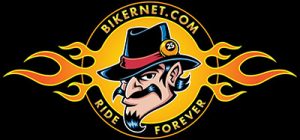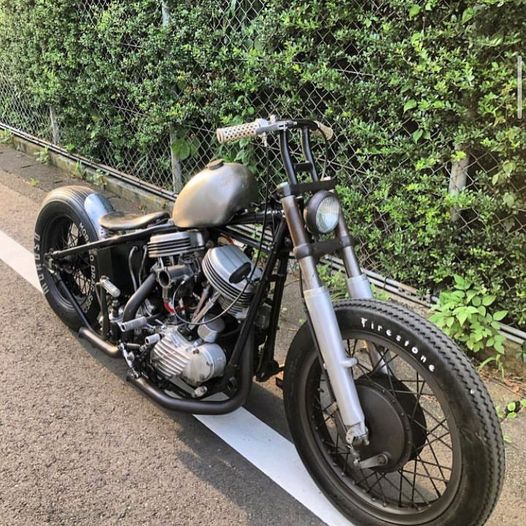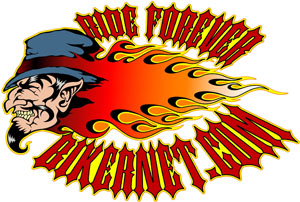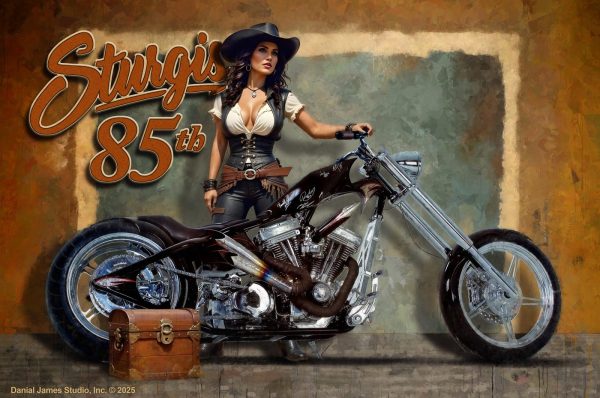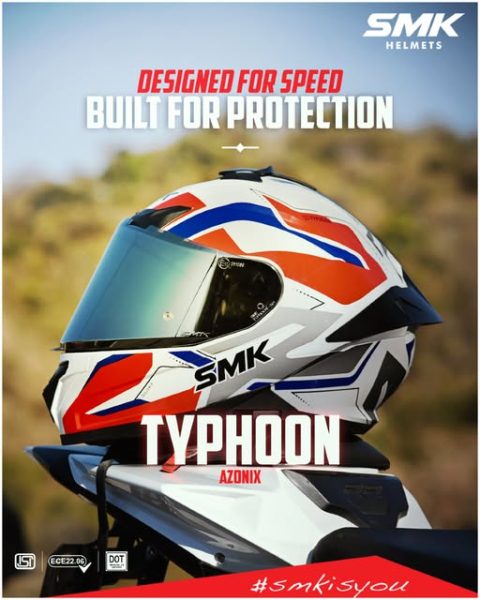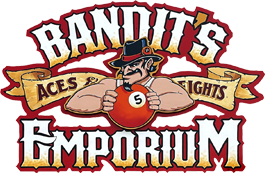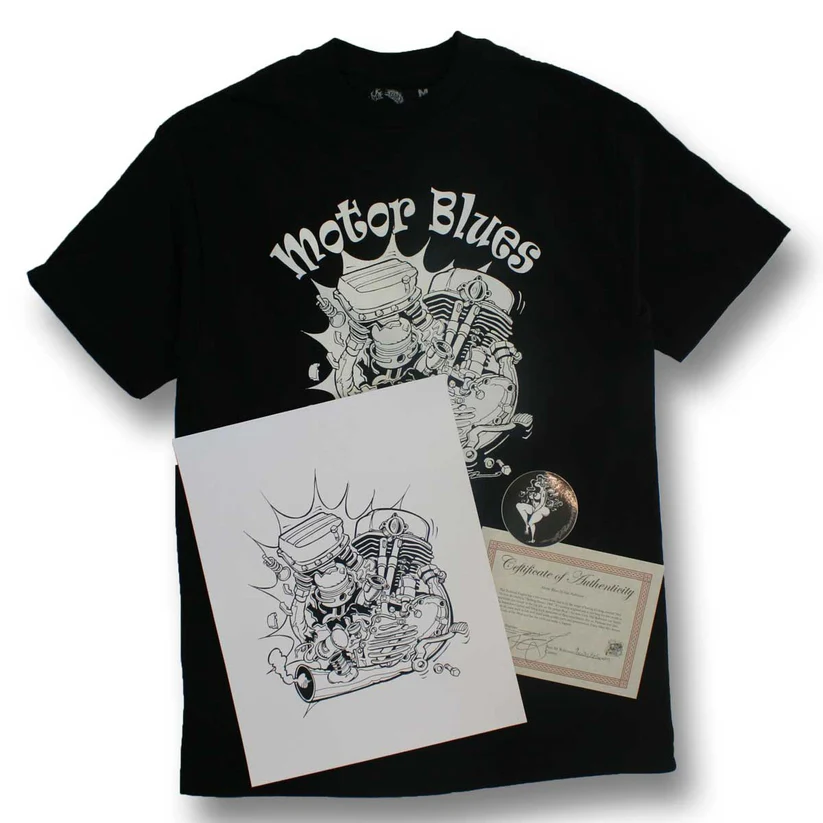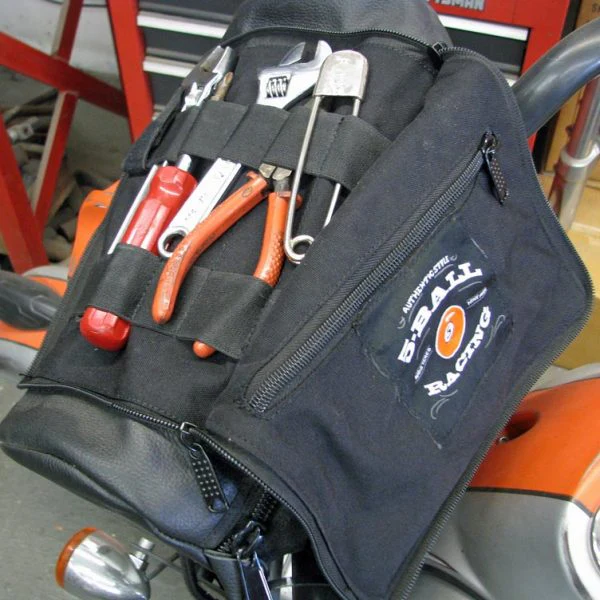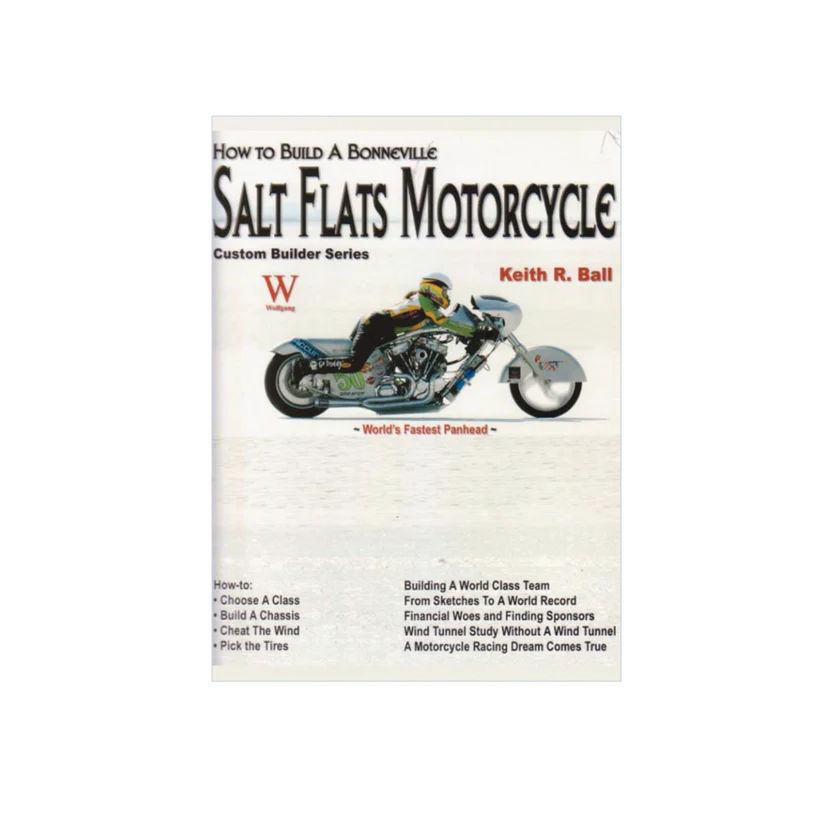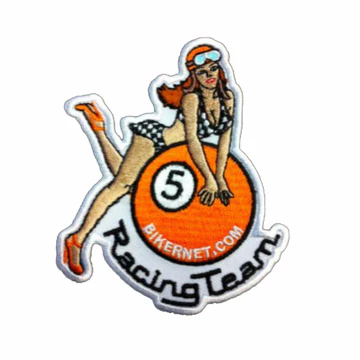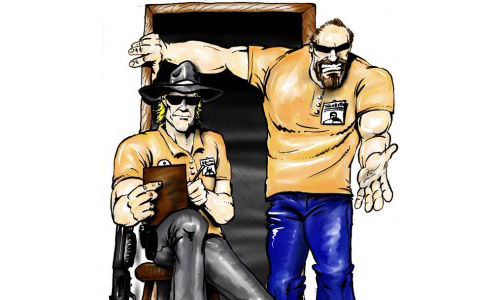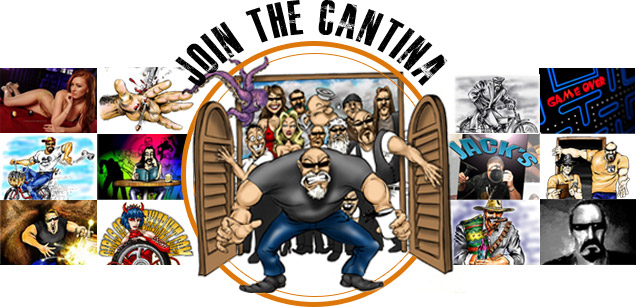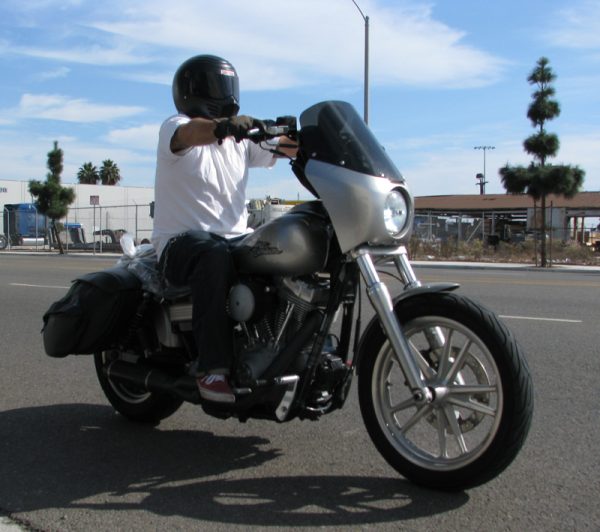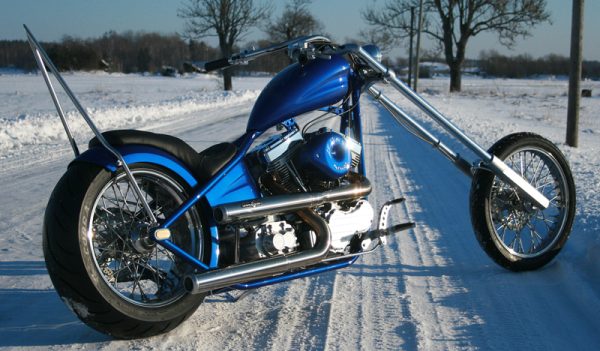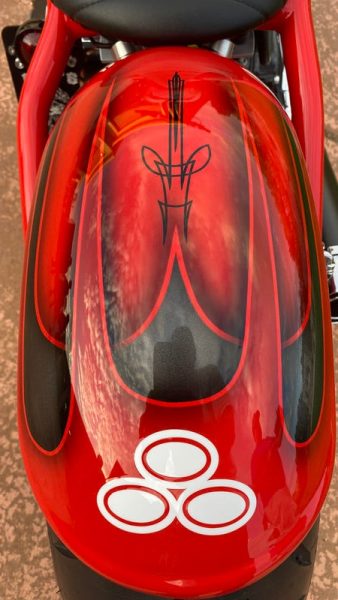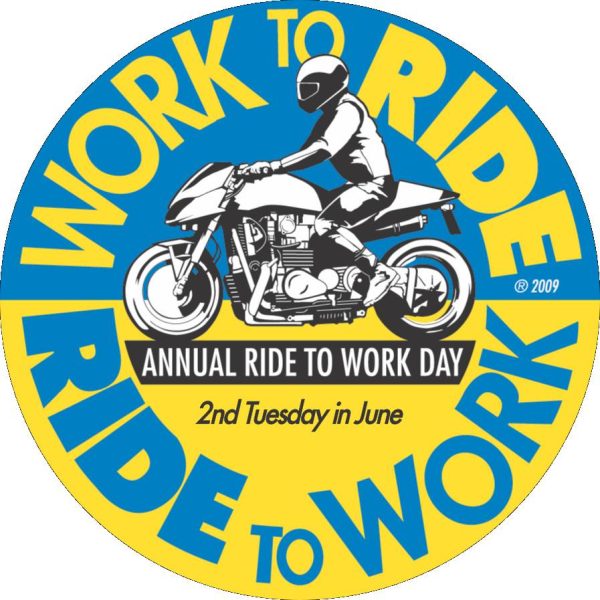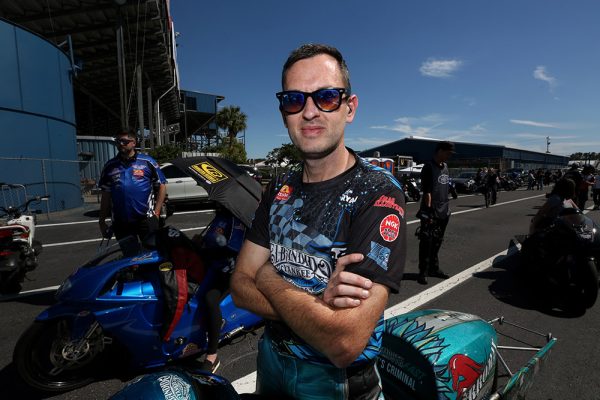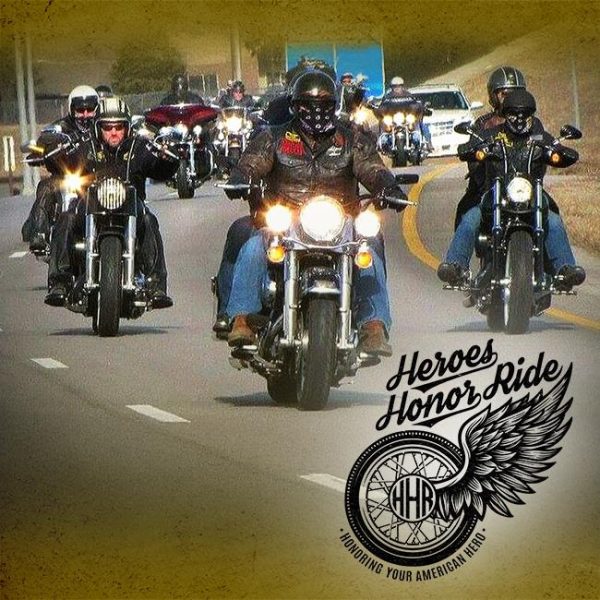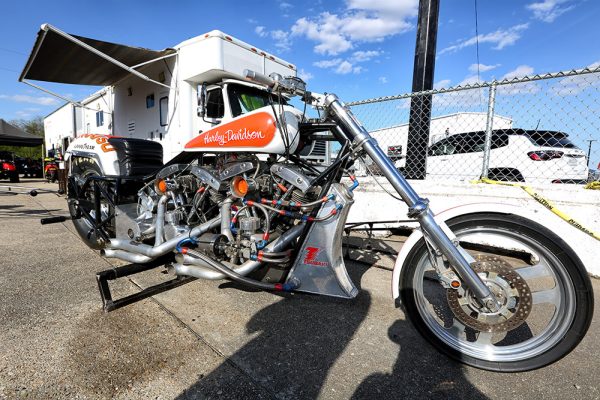Latest Articles
THE CROSSROADS BIKERNET WEEKLY NEWS for April 24th, 2025
Hey, This is beyond wild. The whole world is at a crossroads. We are trying ...
THE SORDID STORY BEHIND BIKERNET.COM
It all started when my mother ran over my 1964 metal flaked Honda 55 Super ...
HARLEY-DAVIDSON IN TROUBLE
Harley-Davidson is Facing a Proxy Vote on Wednesday Board members need to hit the road, ...
HEADS UP! SMK HITS USA
“I’ll tell you a funny story,” confides Shilpa Arora, President of Bikerz US Inc. Bikerz ...
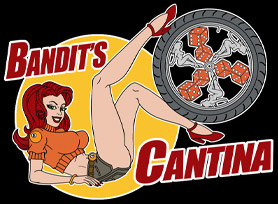
New in the Cantina
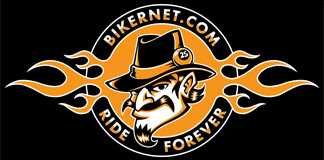
Weekly News
ENLIGHTENMENT BIKERNET WEEKLY NEWS for September 23, 2021
Hey,I wrote to the former President Trump about unity and bringing the country together. I’m ...
MAKIN’ PROGRESS BIKERNET WEEKLY NEWS–for September 16th, 2021
Hey,This is a wild day fulla project progress. Working on a stained-glass project for the ...
BEST OF TIMES BIKERNET WEEKLY NEWS for September 9, 2021
Hey,This should be a good one. I’m working on my first stolen motorcycle story. I’m ...
WILD BIKERNET WEEKLY NEWS for September 2, 2021
Hey, I’m reading a new book called Tale of Two Climates, One Real, One Imaginary, by ...
Tech Articles
Custom Chrome Goliath Kit
This shows just a fragment of all the parts involved.Hang on. Here comes a complete ...
D&D Muffler Fix
Remember the installation we performed on Jeremiah Soto’s Dyna. We actually used D&D components on ...
From Stock To Performance Machine
Brought To You ByEver wondered just how far you can go with a Harley basedcustom??? ...
Amazing Bikernet Tech of the Month, 10-08
The original, before the Russell treatment.Yep, that's right a miracle befalls us from Russell Peterson, ...
Bike Features
Swedish Style Choppers EC Approved for Europe
I constantly hear someone say, even industry folks, "Choppers are dead." That's bullshit. The industry ...
Speed Meets Style
Roy Martin of Roys Toys Customs recently headed up Build Team 13, comprising an elite ...
The Twisted World of Seth Slagiel
In a world gone insane with new tech and import parts, there are still builders ...
West Coast Style Street Glide
Editor's note: Jon Yip reached out to us recently with another drop seat dresser example. ...
Event Features
RIDE TO WORK ACTION
Your city can support this event by proclamation, and also encourage riding by providing free ...
Flyin’ Ryan Oehler gets Communication Partner
'Martin One Source Partners with Flyin’ Ryan Oehler and El Bandido Yankee Tequila Racing as ...
Inaugural Heroes Honor Ride
Honor our nation's heroes by joining your friends and special celebrity riders for a 40-mile ...
Nitro Harley Solutions at No Problem
Peery, Peterson and Dangrow Find Nitro Harley Solutions at No Problem Nitro Harley race coverage ...
